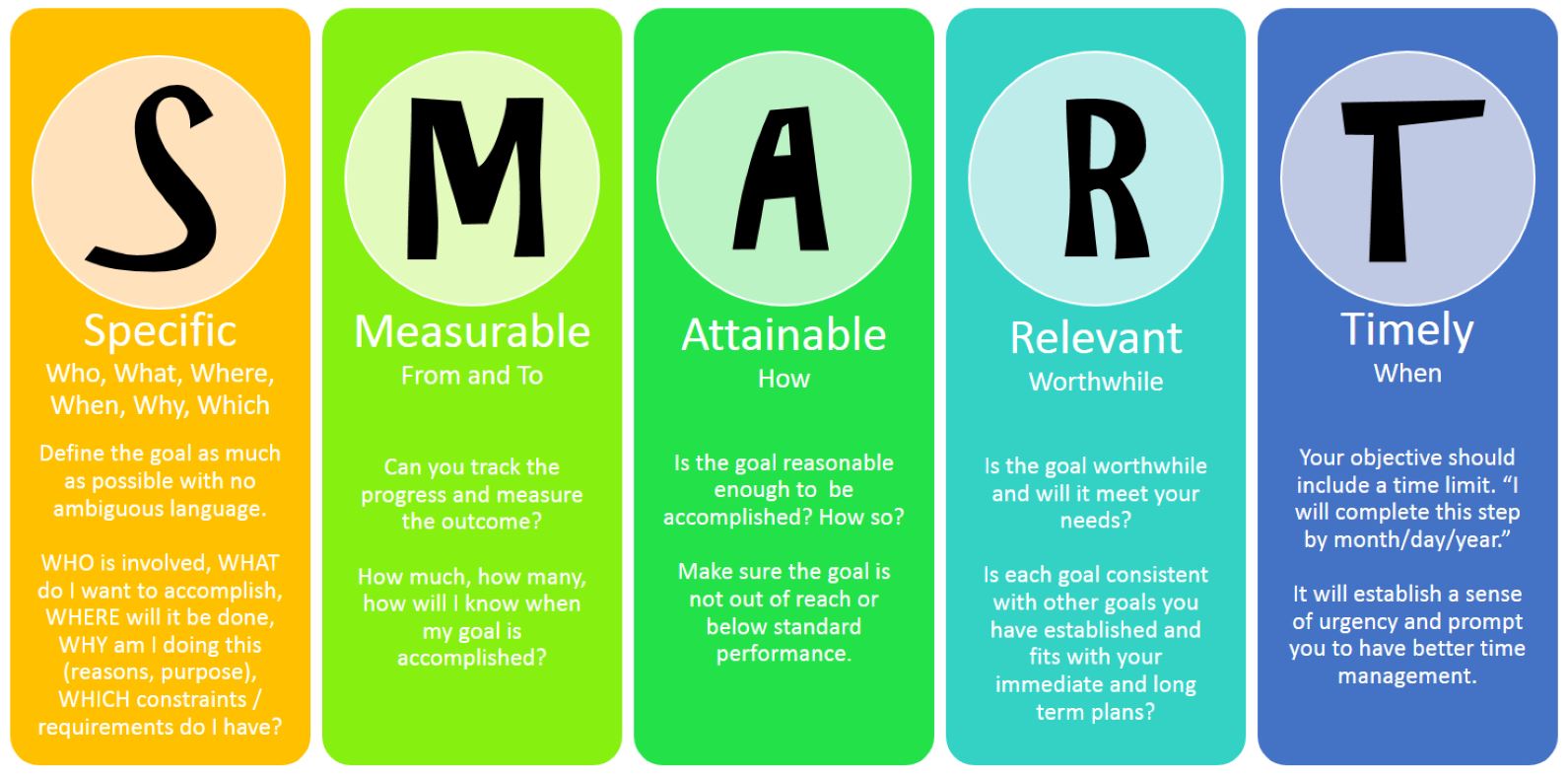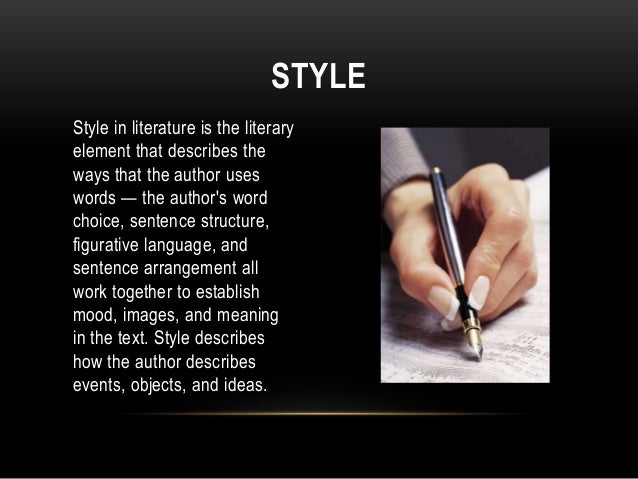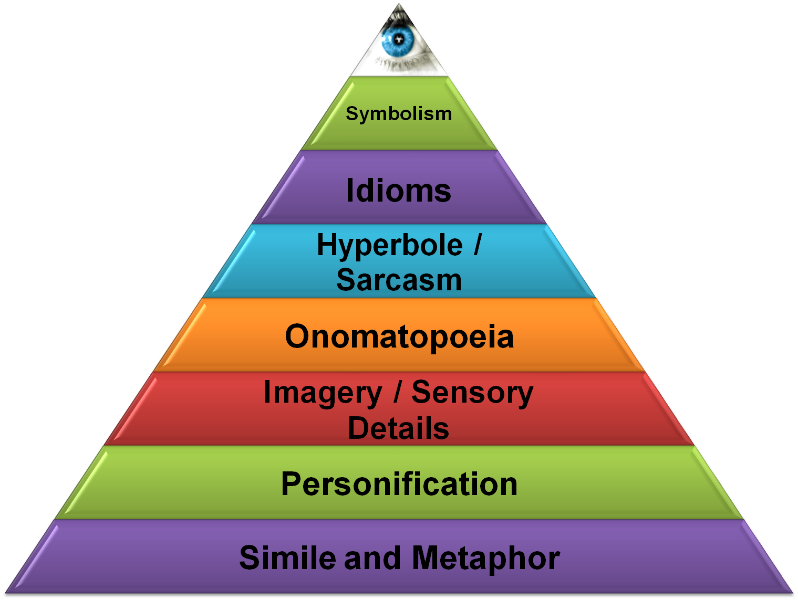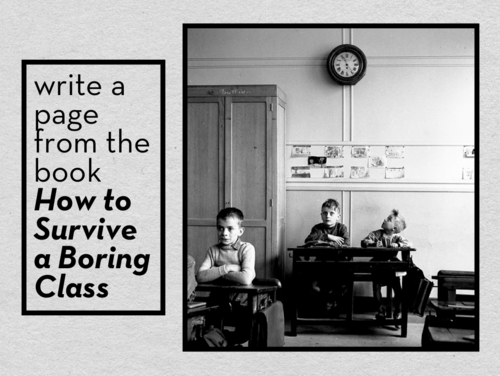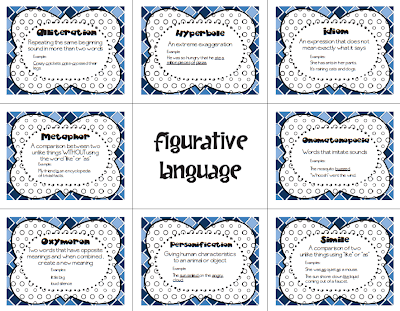September 1, 2017
E.Q: Evaluate how environment shapes identity.
Use textual evidence and higher order thinking questions to think critically.
Voice your ideas and practice active listening.
Obj: I can evaluate how the environment shapes identity.
I can use textual evidence and higher order thinking questions to think critically.
I can voice my ideas and practice active listening.
Starter
Free Write Friday!!!

Vocabulary:
Word: Environment
Part of Speech: Noun
Dictionary Definition: the surroundings or conditions in which a person, animal, or plant lives or operates.
Your Definition:
Activity: Describe your environment.
Activity:
1. Higher Order Thinking Questions
(HOT questions)
Create 3 questions to ask during the seminar.

2. Socratic Seminar
TOPIC
Evaluate how environment shapes identity.
Use the articles and ask your questions!
Articles

The Rules

Closure
Write a 5 sentence reflection on the quality of the seminar.

